
In this second part of the Hebrew Verb Stems, we'll look at an alternate, creative method of how to memorize the "identifying marks" of each of the verbal stems.
There will be six verb stems that need to be committed to memory (nif'al, pi'el, pu'al, hitpa'el, hif'il, hof'al) -- no additional memory helps will be needed for the basic verb stem, the Qal. As pictured above, you will use what we have coined an "embedded" spelling of the Hebrew verbal stems.
How to Embed Spell
The process of embedding the identifying marks of each verbal stem is easy.
After you have completed forming an embedded spelling of the target verbal stem, practice writing out the embedded spelling. The spelling itself will cue your memory of where to place the identifying marks (note the placement of identifying marks under the embedded spelling in the above picture.)
Practice writing out your embedded spelling along with placing the identifying marks under a tri-consonant (marked "XXX") until you have mastered that verbal stem. Then move to the next stem and repeat this process.
Creating Visual Mnemonics to Recall Verbal Stems
An advanced method of learning the Hebrew stems is presented in The Triad System (also included in The Complete System). Under this advanced approach, mnemonic symbols will be attached to each stem's identifying marks to help quickly recall each stem's identifying marks.
In addition, examples are give for all stems, Perfect, Imperfect, Infinitive and Participles!
More Biblical Hebrew Memory Helps!
I hope this article on Hebrew Verb Stems (Binyan) has helped you! For more powerful memory helps in learning Biblical Hebrew grammar, vocabulary and Hebrew paradigms be sure to visit Biblical Hebrew Made Easy! Or visit my author homepage, Boost Your Memory! While you're there, be sure to sign up for our newsletter that has exclusive discounters for our members!
There will be six verb stems that need to be committed to memory (nif'al, pi'el, pu'al, hitpa'el, hif'il, hof'al) -- no additional memory helps will be needed for the basic verb stem, the Qal. As pictured above, you will use what we have coined an "embedded" spelling of the Hebrew verbal stems.
How to Embed Spell
The process of embedding the identifying marks of each verbal stem is easy.
- Determine what you markings you want to recall for each stem. For example, in the nif'al, I want to recall the nun, hireq and sheva.
- Next "embed" these identifying marks into the English spelling of the verbal stem (e.g. the nif'al. Note the nun is included in the English capital "N"; the hireq forms the dot above the English "i" and the sheva forms the vertical bar of the "F."
After you have completed forming an embedded spelling of the target verbal stem, practice writing out the embedded spelling. The spelling itself will cue your memory of where to place the identifying marks (note the placement of identifying marks under the embedded spelling in the above picture.)
Practice writing out your embedded spelling along with placing the identifying marks under a tri-consonant (marked "XXX") until you have mastered that verbal stem. Then move to the next stem and repeat this process.
Creating Visual Mnemonics to Recall Verbal Stems
An advanced method of learning the Hebrew stems is presented in The Triad System (also included in The Complete System). Under this advanced approach, mnemonic symbols will be attached to each stem's identifying marks to help quickly recall each stem's identifying marks.
In addition, examples are give for all stems, Perfect, Imperfect, Infinitive and Participles!
More Biblical Hebrew Memory Helps!
I hope this article on Hebrew Verb Stems (Binyan) has helped you! For more powerful memory helps in learning Biblical Hebrew grammar, vocabulary and Hebrew paradigms be sure to visit Biblical Hebrew Made Easy! Or visit my author homepage, Boost Your Memory! While you're there, be sure to sign up for our newsletter that has exclusive discounters for our members!
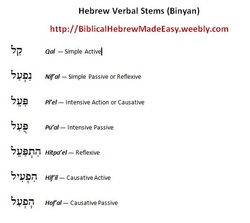
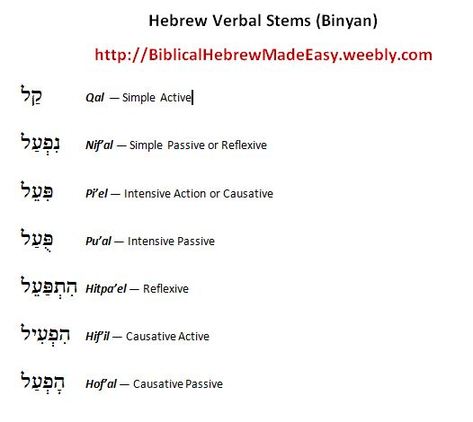


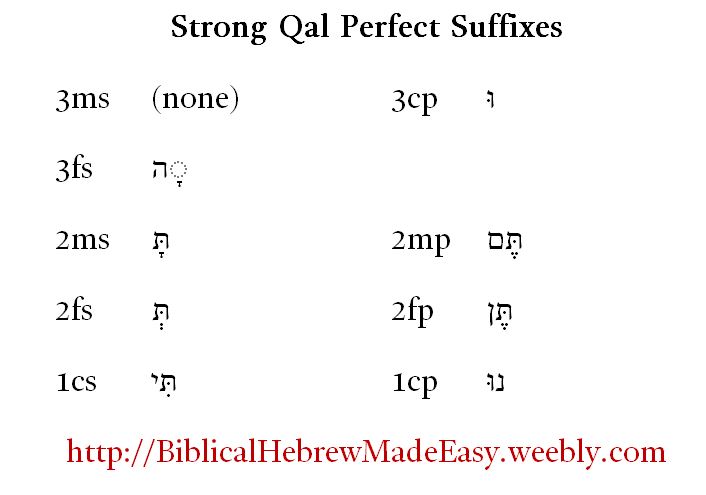
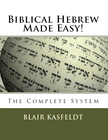

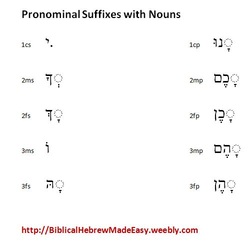
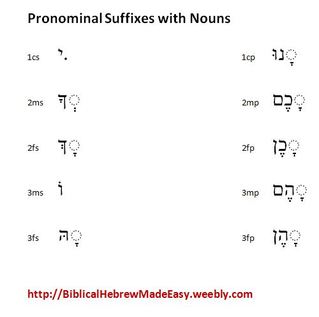
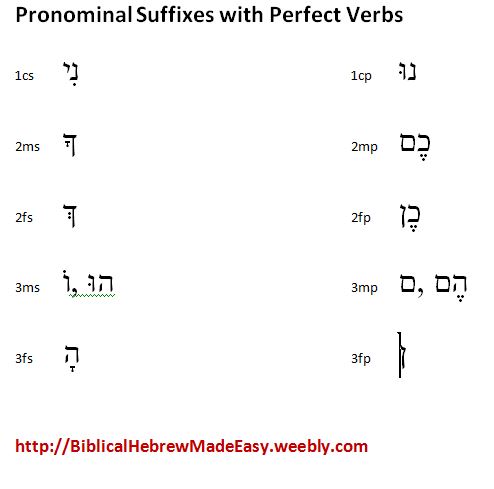
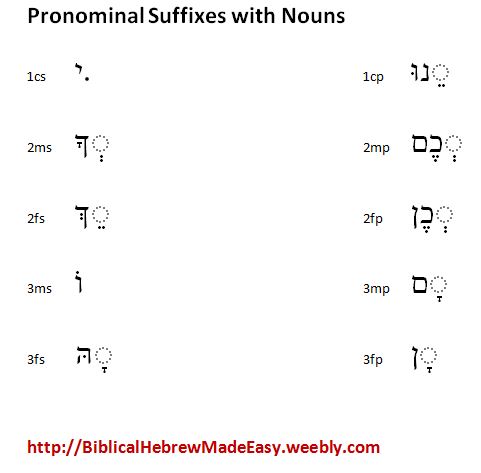
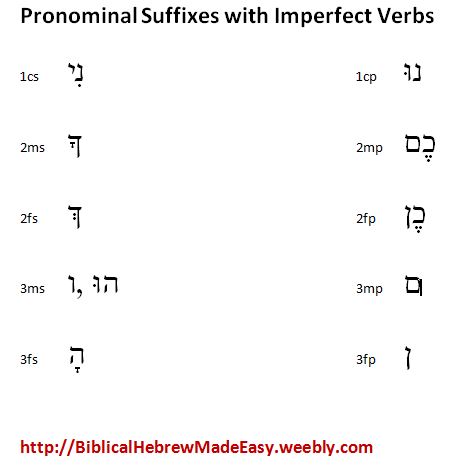
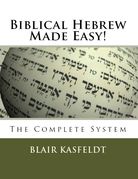
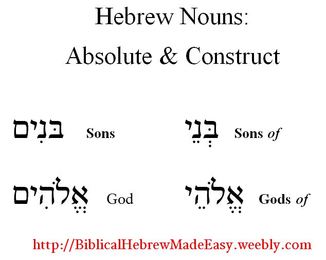
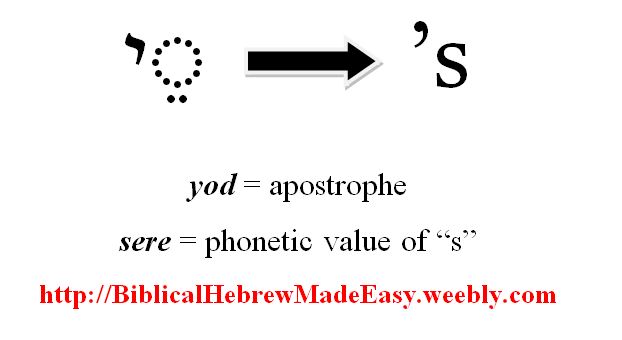
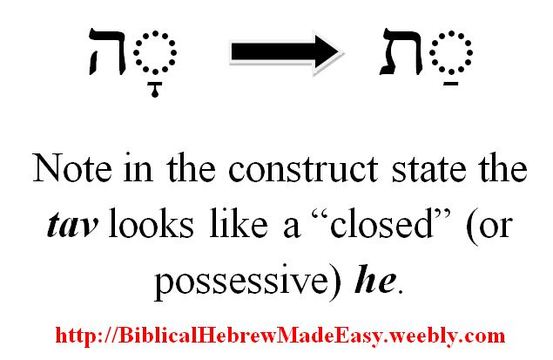
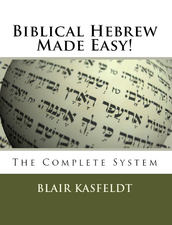


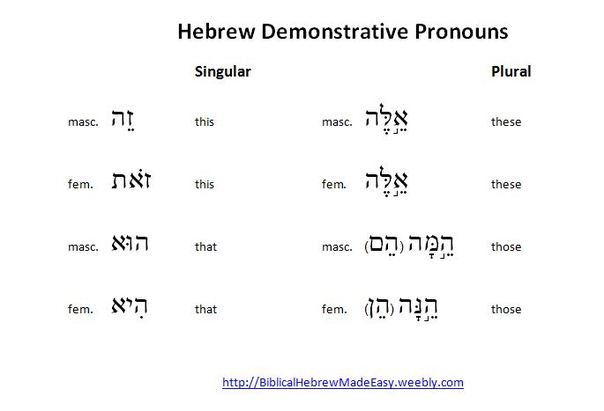
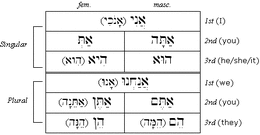
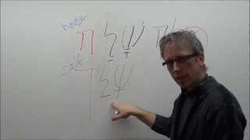
 RSS Feed
RSS Feed
